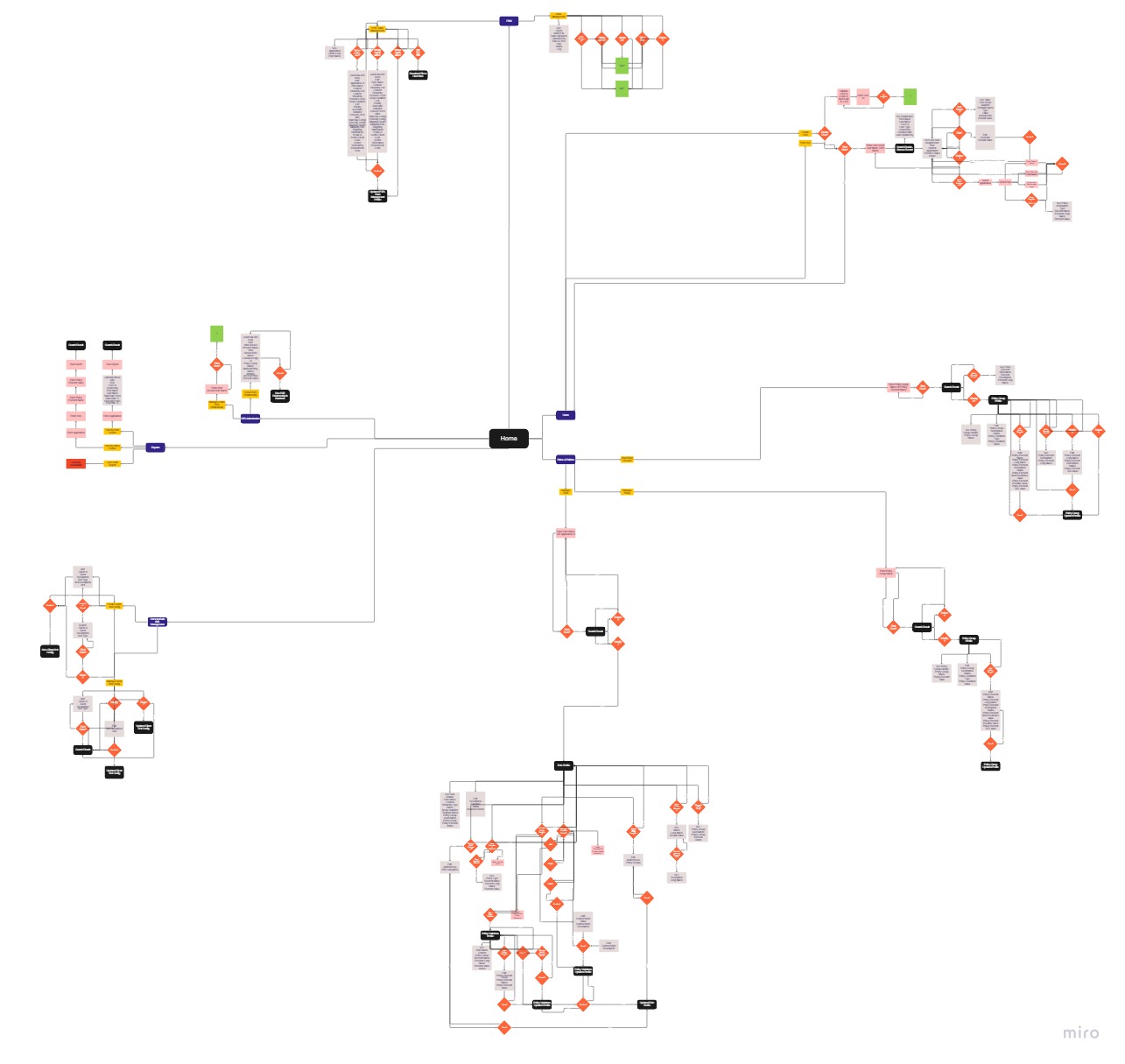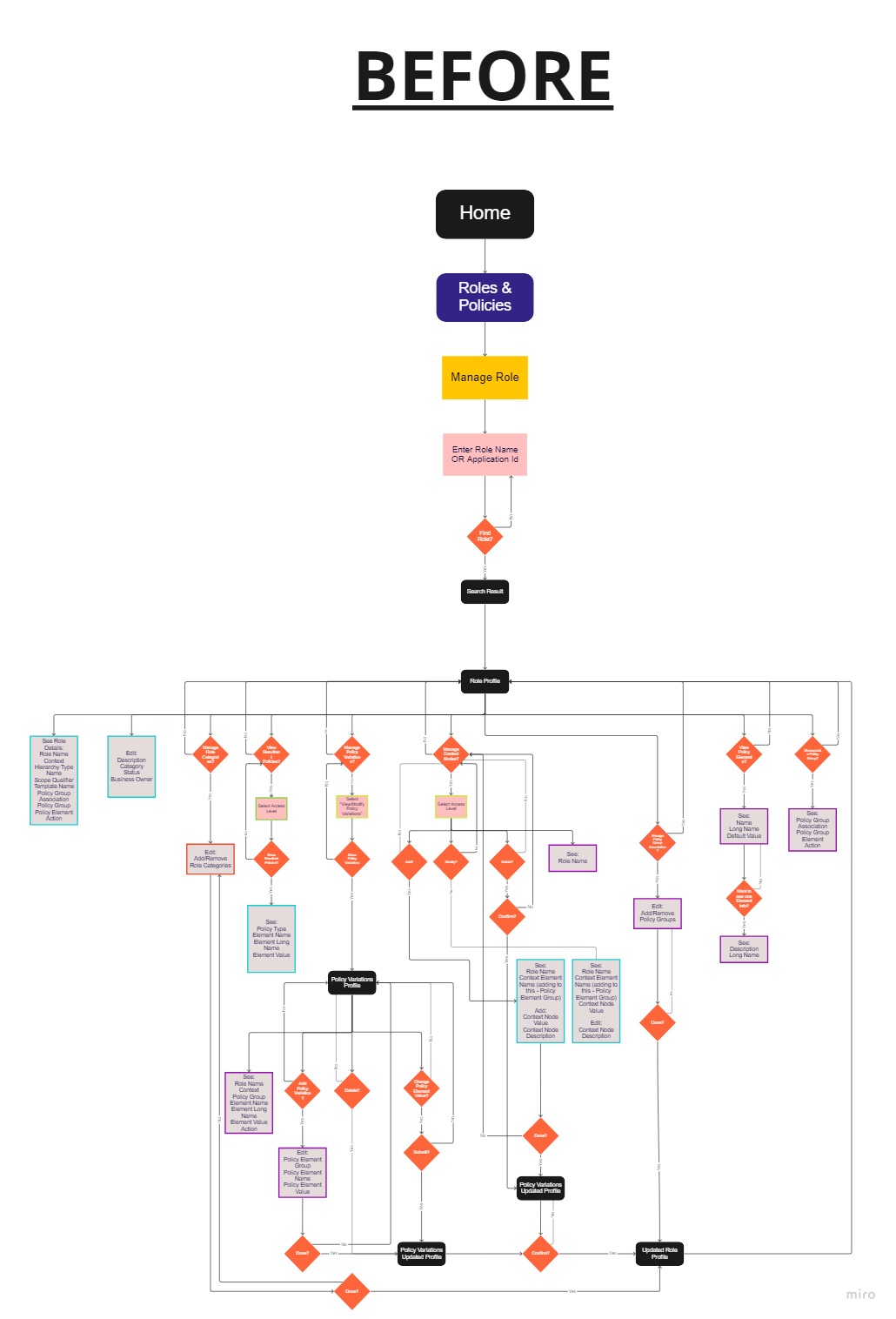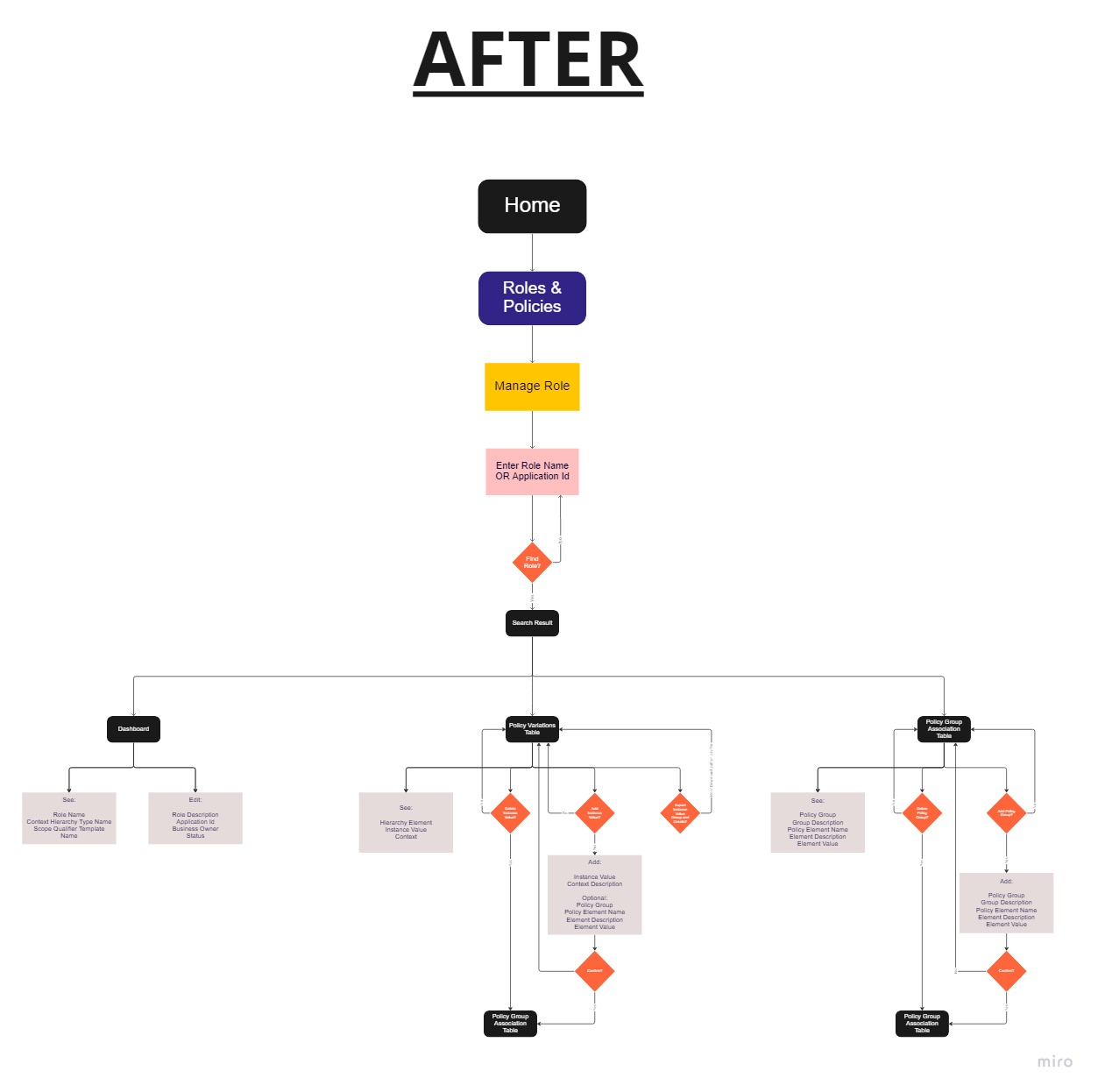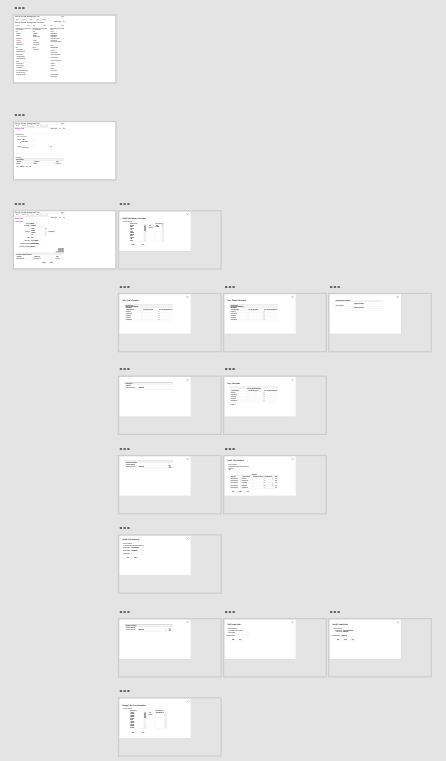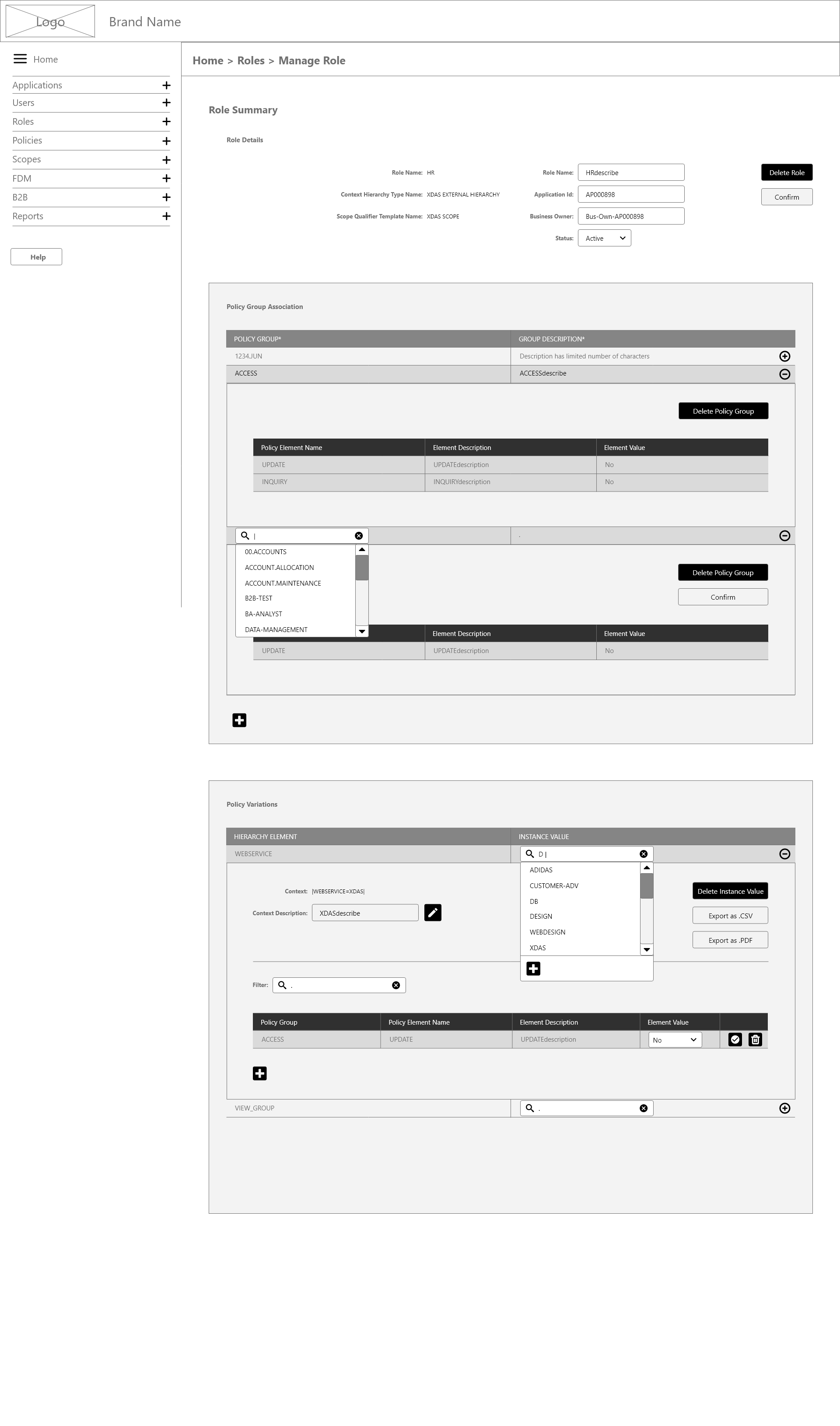Main Responsibilities:
Conducted user researches, analyzed and used the results to set up best potential solutions for the MVP. Demonstrated the wireframes, prototypes to the whole scrum team and stakeholders, examined feedbacks, and continued improving the solutions. Simplified the system, added new features, upgraded client design system, normalized data. Created project wireframes and prototypes in Figma. Planned and tracked project via Jira agile project management tool.
The Ask:
- The permissions and access of users must be monitored and managed in a succinct manner.
- Creation and design of individual flows for existing and new features to simplify complex management process.
- Improve the design system to give it a modern aesthetic and make it responsive.
- Differentiate and categorize all possible actions to elucidate the workflow for each user role.

